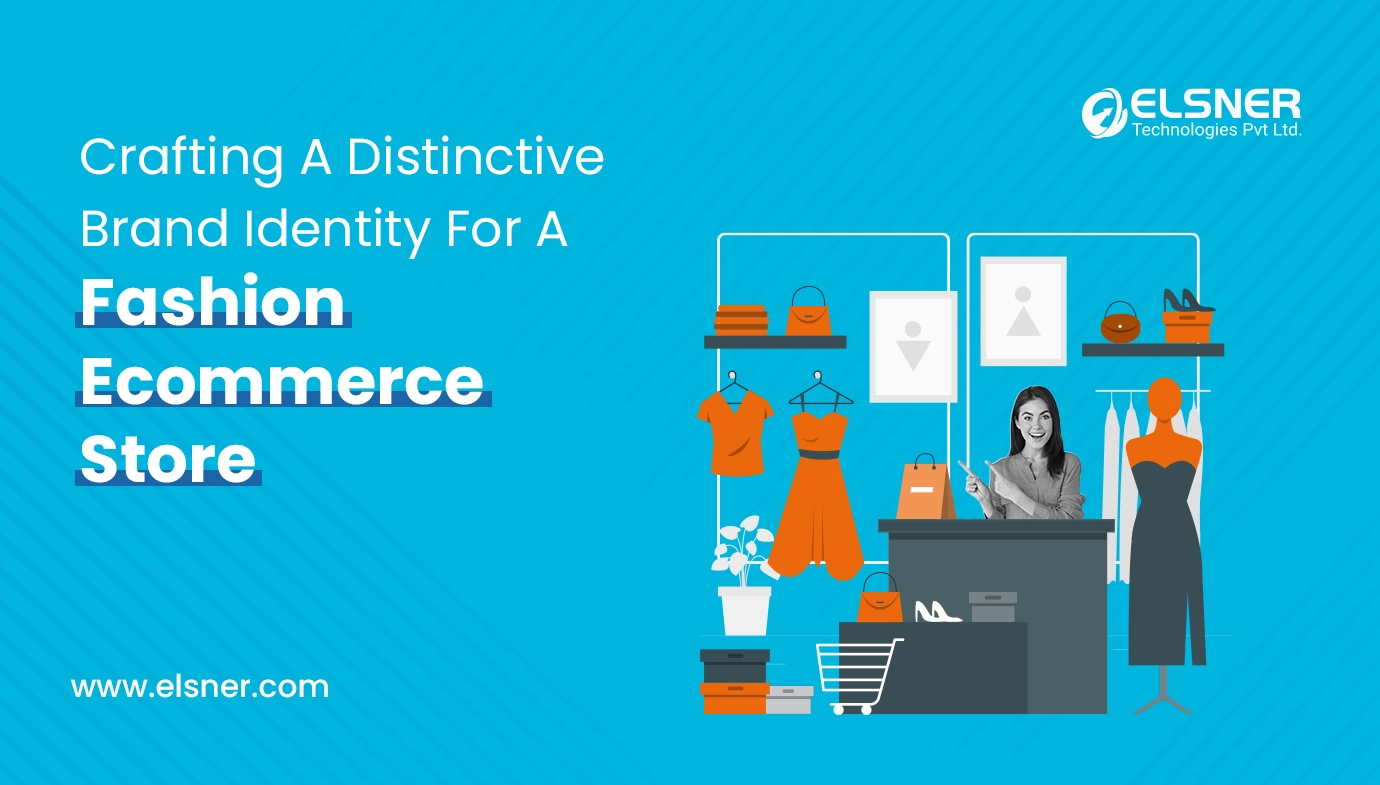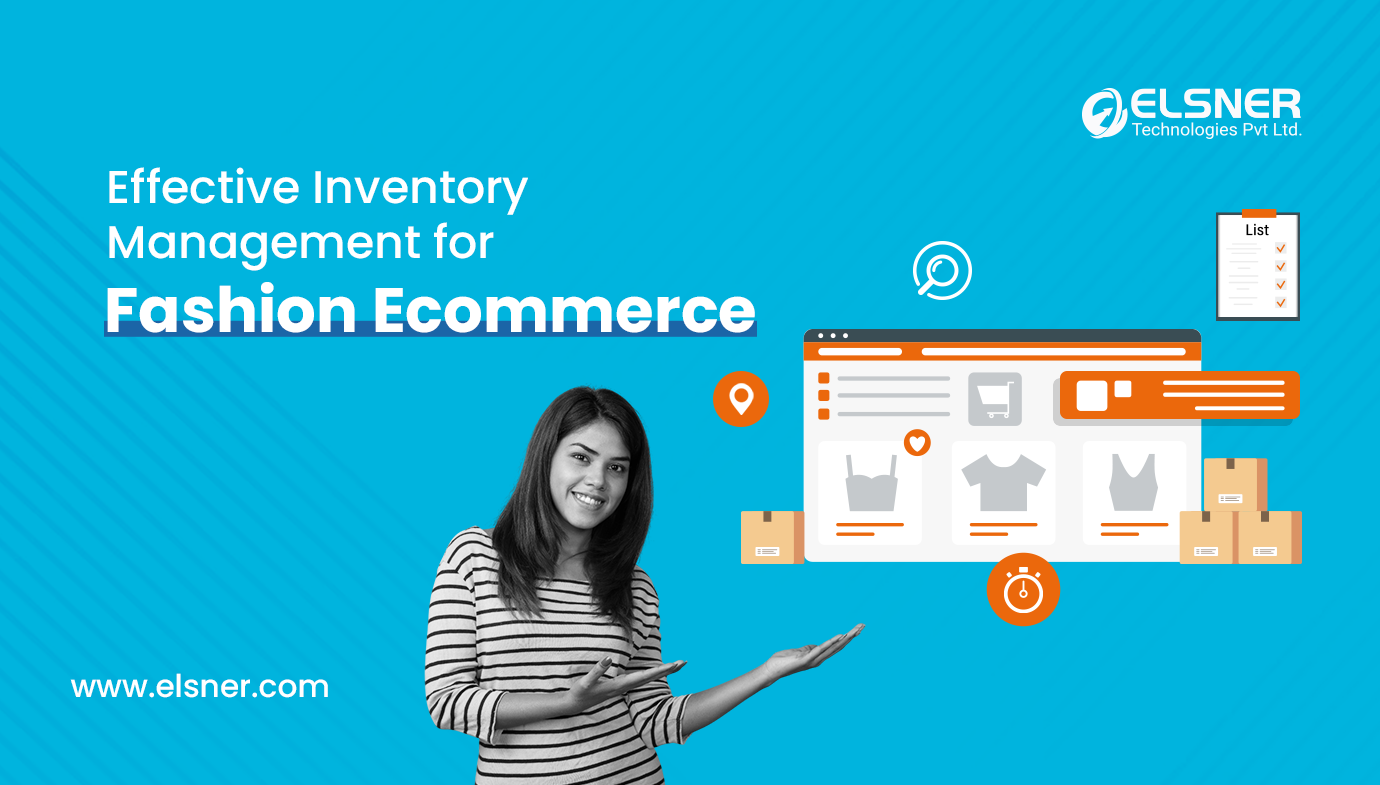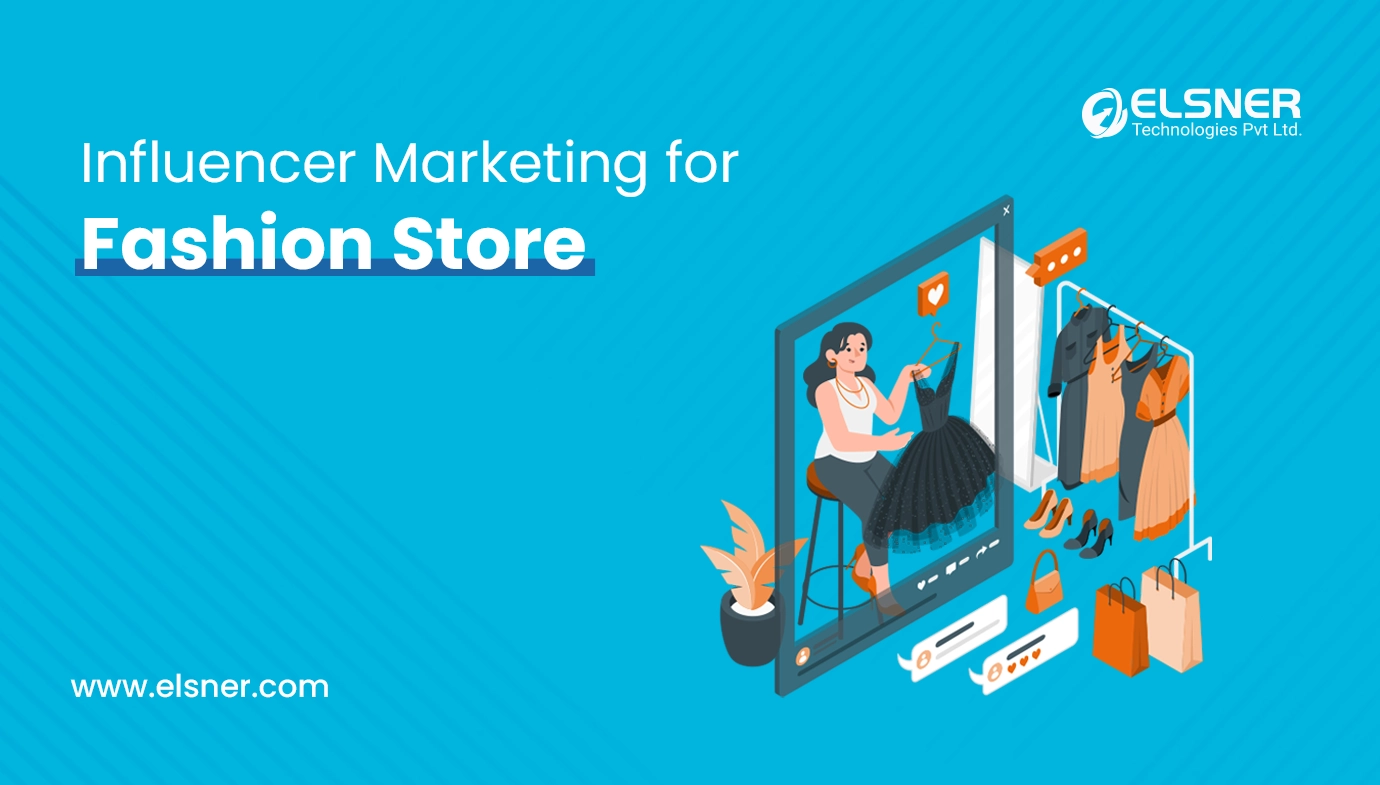- Understanding the Importance of Brand Identity in Fashion Ecommerce
- Key Components of a Unique Fashion Brand Identity
- Fashion Brand Logo Design: The Visual Foundation of Your Brand
- Fashion Brand Marketing: Building Awareness and Engagement
- Fashion Brand Storytelling: Emotionally Connecting with Your Audience
- Fashion Brand Strategy: Developing a Roadmap for Success
- Case Studies: Successful Fashion Brands and Their Brand Identities
- Conclusion: Embrace Your Unique Brand Identity
Picture this: the world of online fashion is vast. Imagine your store standing out, shining like a beacon that people want to follow. That’s the power of a strong brand identity. It’s your store’s fingerprint, voice, and personality wrapped up in one neat package. 82% of people prefer to support brands that share their values. So, if your fashion Ecommerce branding is strong, your audience will not only recognize you but will choose you time and time again.
“A brand identity must connect with people beyond aesthetics; it requires a commitment to purpose and values to resonate with today’s consumers.” — Imran Amed, The Business of Fashion
Crafting a unique identity involves more than a logo or a slogan. This process is about creating a presence that customers connect with instantly. This guide will help you build a brand that feels real, covering everything from your fashion brand logo design to defining your fashion brand strategy. We will also explore the storytelling that shapes your identity. So, let’s dig in:
Understanding the Importance of Brand Identity in Fashion Ecommerce
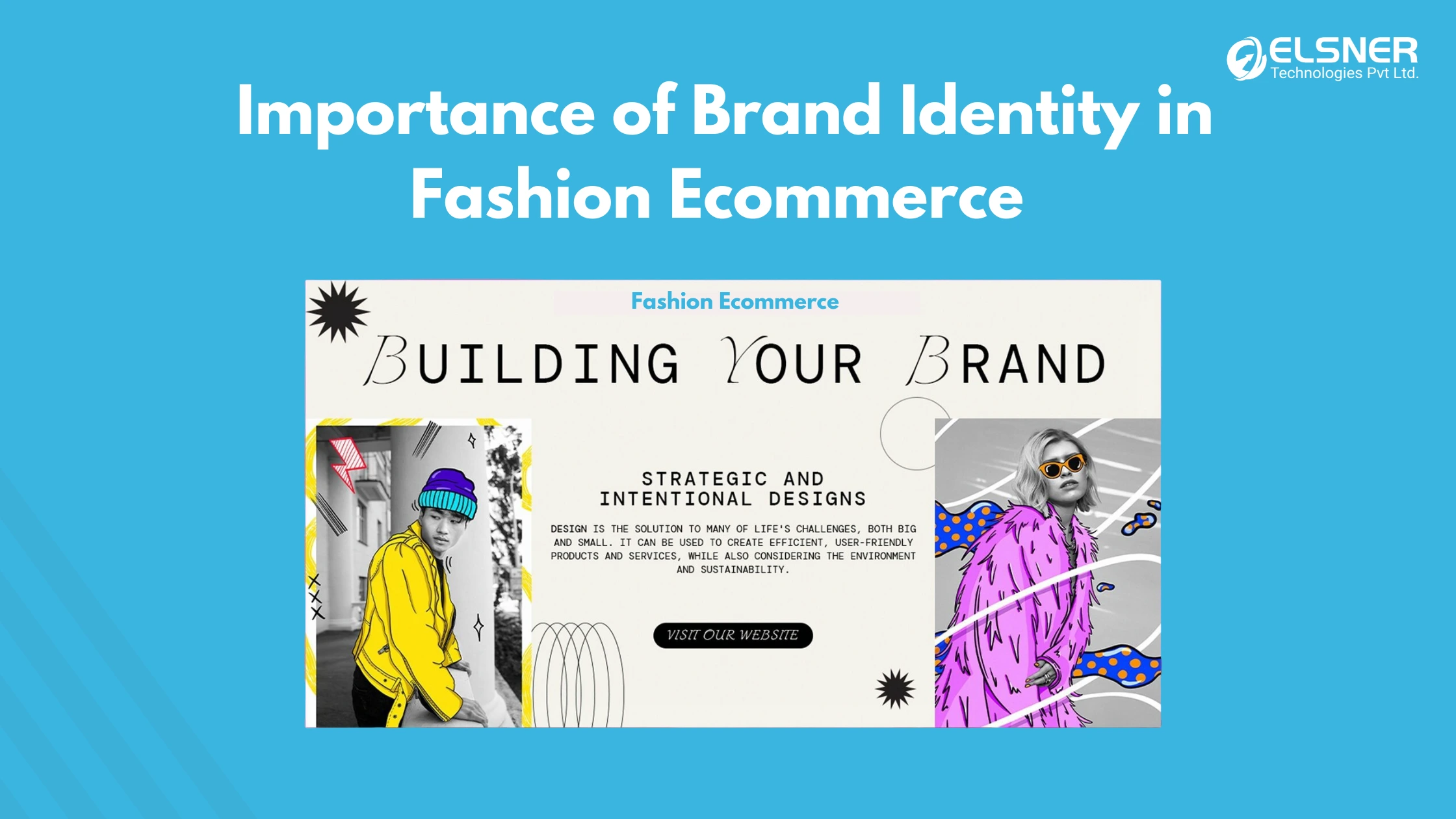 What is Brand Identity?
What is Brand Identity?
Brand identity goes beyond visuals and voice. Think of it as the essence of what your brand stands for and the vibe it gives off. Every choice, from your logo colors to your ad words, reflects who you are. It’s like the DNA that makes your fashion Ecommerce store or fashion Ecommerce branding unique.
The Power of a Strong Brand
A strong brand identity does more than make you memorable—it’s magnetic. It creates loyalty that brings customers back again and again. In fashion, this loyalty is about shared beliefs and connections, not just products. Thus, a strong brand identity becomes your advantage in a competitive market.
Brand Identity and Customer Perception
How people perceive your brand shapes their buying decisions. A clear identity allows you to make an emotional connection. In fashion Ecommerce branding and fashion web design, this connection helps turn one-time visitors into loyal customers. When people feel connected, they want to wear your pieces and share your story.
Key Components of a Unique Fashion Brand Identity
Creating a memorable brand identity is like building a home. Each part is essential. Here’s how you can get started.
Brand Values: Define Your “Why”
Ask yourself—why did you start this brand? Your values could be about sustainability, quality, or craftsmanship. Let these values shine through in everything you do. People want to support brands with a purpose they believe in.
Brand Personality: Bring It to Life
If your brand could speak, what would it sound like? Think about the language on your website, your fashion brand logo design, and the type of content you share. For instance, a playful brand might use bright colors, while a high-end brand might focus on minimalist fashion Ecommerce website designs.
Brand Messaging: Say It Clearly
What should people remember about your brand? Craft a clear, powerful message. Use every channel—your website, social media, or email—to maintain a unified voice. Each piece of content should reinforce who you are.
Fashion Brand Storytelling: Share the Journey
People connect with stories, not sales pitches. Think of fashion brand storytelling as your way of sharing the journey behind each piece. This could be about your team, your design process, or the inspiration behind your brand. By letting customers in, you create a bond that goes beyond transactions.
Fashion Brand Logo Design: The Visual Foundation of Your Brand
First impressions count. Your logo is often the first thing people see. It should capture who you are in a single glance. A good logo is about being memorable, not just pretty.
| Logo Design Tips | Why It Matters |
| Keep it simple | Easier to recall |
| Use meaningful colors | Evokes emotion |
| Make it versatile | Works across platforms |
| Reflect core values | Reinforces brand identity |
The Importance of a Memorable Logo
Your fashion brand logo design is like a visual handshake. A striking logo creates instant recognition. In fashion Ecommerce branding, your logo sets the tone for your entire brand. It shows if you’re bold, refined, or playful, and it builds trust over time.
Logo Placement and Usage
Visibility is essential for your logo. Place it on your website’s header, in email signatures, and on social media. Consistent use builds familiarity. This way, whether customers see your logo on social media or in an email, they feel connected to your brand.
Fashion Brand Marketing: Building Awareness and Engagement
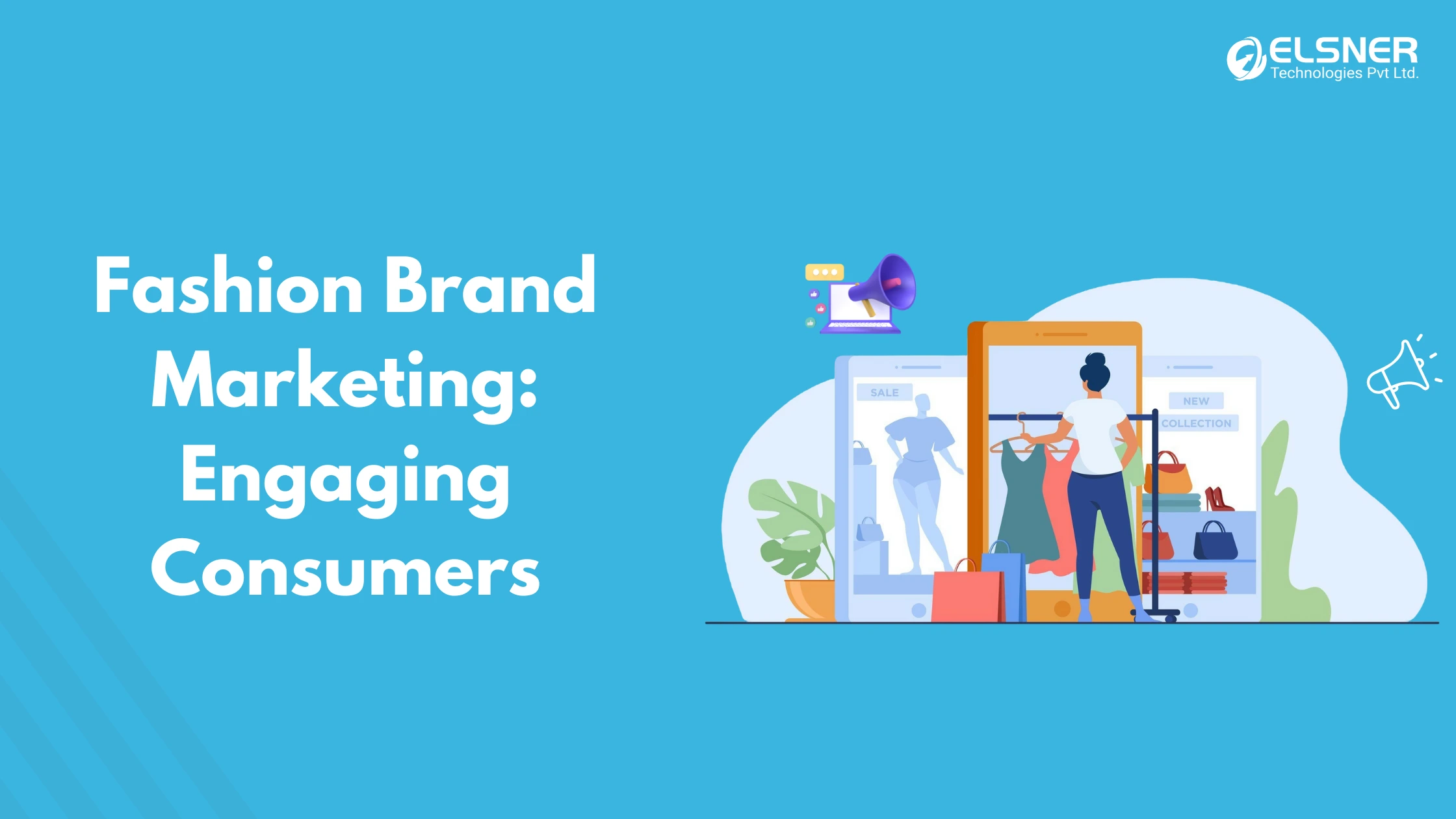
The best brand identity means nothing if it doesn’t reach your audience. Fashion brand marketing bridges this gap.
Integrated Fashion Brand Marketing Strategies
Combine marketing tactics like social media, content marketing, and email campaigns. Integrated fashion brand marketing ensures a unified experience. Each channel strengthens the others, making your brand more recognizable. In case you are looking for any related assistance, all that you need is to reach out to a professional fashion ecommerce store development service provider agency.
Social Media Marketing
For fashion brands, social media is essential. Platforms like Instagram, Pinterest, and TikTok allow you to tell your brand’s story visually. Share behind-the-scenes looks, style tips, and seasonal collections. This engagement builds brand loyalty.
Content Marketing
Create valuable content beyond products. Content marketing strategy which is another popular fashion brand marketing method, through blogs or videos, brings your brand to life. For example, post a blog on relevant topics, showing you care about more than just sales.
Email Marketing
Email marketing is still one of the most effective ways for fashion brand strategy to reach people. Send subscribers exclusive deals, new arrivals, or style recommendations. Email campaigns also strengthen your brand’s voice, making each subscriber feel valued.
Fashion Brand Storytelling: Emotionally Connecting with Your Audience
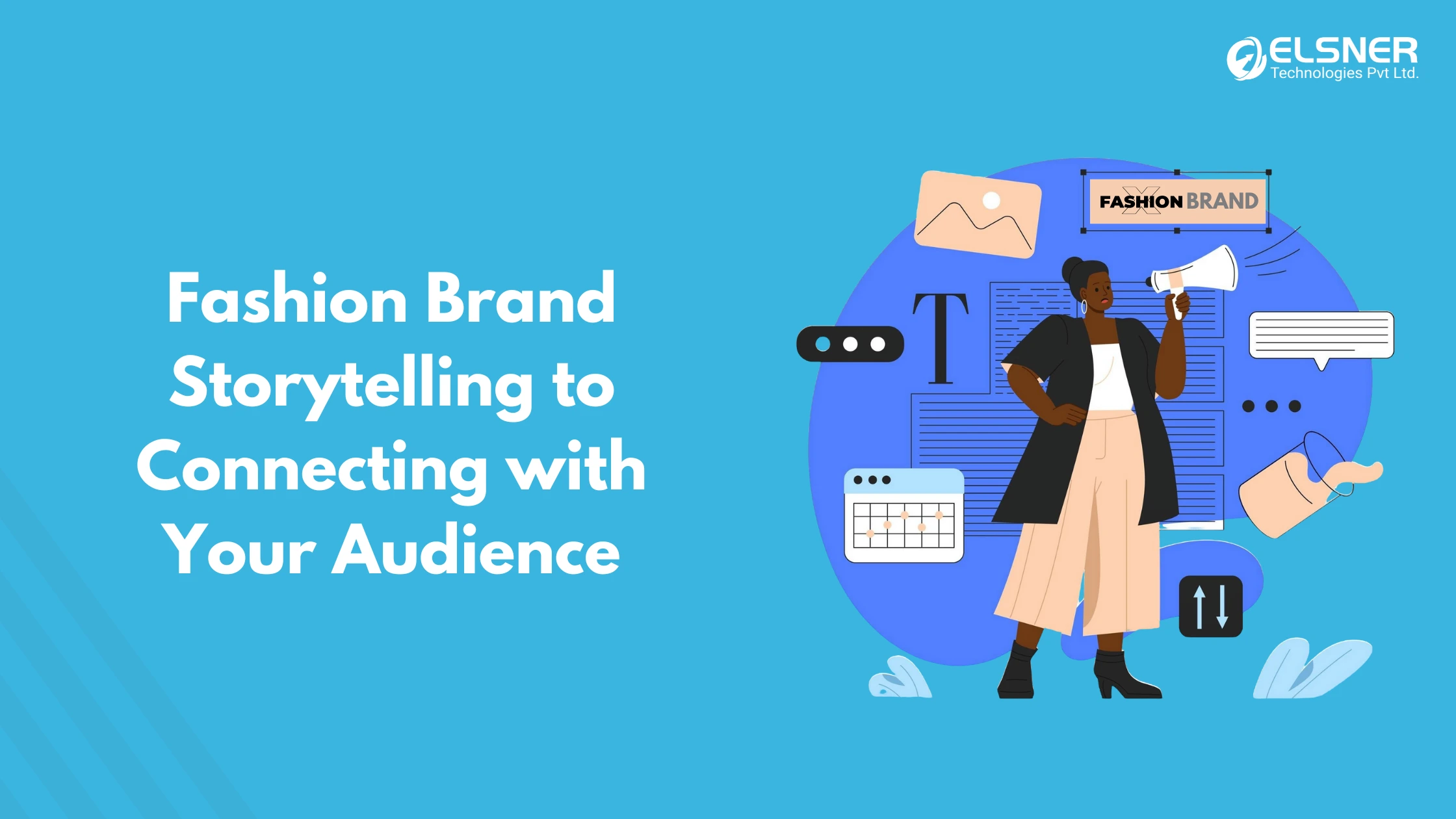
Fashion brand storytelling isn’t just about “once upon a time.” It’s about weaving your brand into customers’ lives.
The Power of Fashion Brand Storytelling
Stories tap into emotions, making people feel connected to your brand. Emotional connections make your brand memorable. Use storytelling to highlight your brand’s journey, purpose, and impact.
Storytelling Techniques
Share real stories. Talk about the inspiration behind your designs, the journey of your team, or even a challenging moment. Personal stories are relatable and make customers feel closer to you.
Channels for Storytelling
Use channels where your audience spends time. Social media works for quick, visual stories, while blogs allow deeper storytelling. On the other hand, email marketing is ideal for intimate, exclusive content. To learn further, you can get in touch with an expert fashion store development service provider.
Fashion Brand Strategy: Developing a Roadmap for Success
A clear fashion brand strategy aligns your goals with your brand identity. It acts as a roadmap for growth.
Market Research
Market research helps you understand audience preferences. Knowing what’s popular or trending helps you tailor your approach to fit your audience’s wants.
Competitive Analysis
Track competitors to identify gaps in the market. This isn’t about imitation; it’s about finding spaces where your brand can shine.
Fashion Brand Positioning
Fashion brand positioning defines how you want to be seen. It should guide your brand’s voice, design, and customer interactions.
|
Fashion Brand Positioning |
Style |
|
Luxury |
Exclusive and refined |
|
Accessible |
Friendly and approachable |
|
Sustainable |
Eco-conscious and ethical |
Long-Term Goals
Set goals beyond sales to support your brand’s growth. Prioritize customer loyalty, expand into new markets, or enhance your fashion brand positioning through a polished fashion Ecommerce website design. These goals provide direction, helping you stay consistent with your brand’s identity and long-term vision.
Case Studies: Successful Fashion Brands and Their Brand Identities
Learning from successful brands provides valuable insights. Here are three examples:
- Patagonia: Eco-Friendly Adventure
Patagonia is committed to environmental activism. By promoting sustainability, Patagonia has built a loyal customer base aligned with its mission. Its values-driven approach makes it a leader in eco-friendly fashion.
- Nike: Empowerment Through Sport
Nike’s brand identity emphasizes empowerment. With its “Just Do It” slogan, Nike inspires people to achieve. By featuring diverse athletes, Nike reinforces its message of inclusion and motivation.
- Gucci: Bold, Luxe Individualism
Gucci celebrates individualism through bold designs. Known for eclectic luxury, Gucci’s identity appeals to those seeking unique self-expression.
Each brand has a unique voice, staying true to values that resonate with its audience, which strengthens itsbrand positioning in the Fashion industry.
Conclusion: Embrace Your Unique Brand Identity
Crafting a brand identity is a journey. Every element, from your fashion brand logo design to long-term goals, strengthens the connection with your audience. Embrace what makes you unique, and share this identity consistently.
Not only will this attract customers, but it will also create loyal fans who resonate with your brand’s story. Make your fashion Ecommerce branding unforgettable—one that shines in the world of online fashion by establishing a partnership with a reputed fashion web design agency.

About Author
Harshal Shah - Founder & CEO of Elsner Technologies
Harshal is an accomplished leader with a vision for shaping the future of technology. His passion for innovation and commitment to delivering cutting-edge solutions has driven him to spearhead successful ventures. With a strong focus on growth and customer-centric strategies, Harshal continues to inspire and lead teams to achieve remarkable results.

